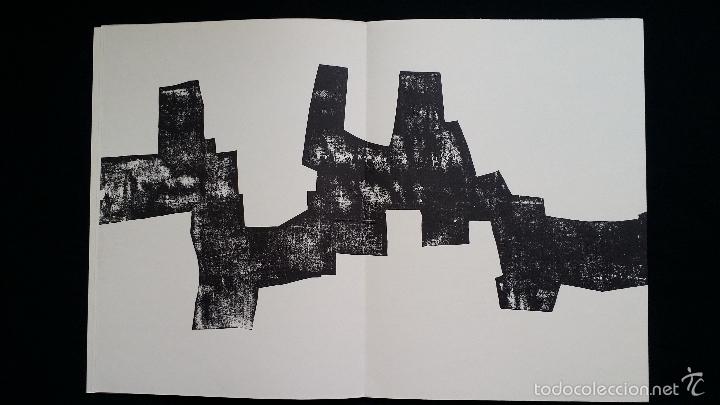

He began creating the many parts of his famous miniature circus from found materials, such as wire, string, cloth, rubber and cork. In 1926, Calder moved to Paris and established a studio in the Montparnasse quarter.

He never abandoned his engineering background, however, applying his understanding of gears and moving parts in all his artworks, from mechanical toys like the Cirque Calder (1931) and his revered prints to his free-standing abstract sculptures, called stabiles. He worked a number of jobs, including as a hydraulic engineer and draftsman for the New York Edison Company, before deciding to pursue an artistic career. The American sculptor Alexander Calder is known as the father of the mobile, a moving artwork composed of delicately balanced sculptural forms suspended from the ceiling.īecause Calder's parents, both artists themselves, did not want him to suffer the hardships of trying to make a living in art, they encouraged the young Calder to study mechanical engineering at the Stevens Institute of Technology, in Hoboken, New Jersey. His art was recognized with many large-scale exhibitions. He is best known as the inventor of the mobile. In 1926 he moved to Paris and developed his miniature circus. He attended the Art Students League, where he was influenced by artists of the Ash Can school. Among them are (in alphabetical order): Henri-Georges Adam, Pierre Alechinsky, Bacon, Jean Bazaine, Georges Braque, Pol Bury, Alexander Calder, Marc Chagall, Roger Chastel, Eduardo Chillida, Alberto Giacometti, Vassily Kandinsky, Ellsworth Kelly, Fernand Léger, Lindner, Henri Matisse, Joan Miró, Jacques Monory, Pablo Palazuelo, Paul Rebeyrolle, Jean-Paul Riopelle, Saul Steinberg, Pierre Tal-Coat, Antoni Tapies, Raoul Ubac, Bram van Velde.Īlexander Calder was born on Jin Lawnton, Pa. The magazine covered only the artists exhibited by Maeght gallery either through personal or group exhibitions. Its original articles and illustrations (mainly original color lithographs by the gallery artists) were famous at the time. Maeght's ambition in establishing his print shop and his publication magazine Derriere Le Miroir was to make available to a broader audience less expensive printed imagery by the artists of his time, many whom were represented by his Paris gallery. The magazine Derriere Le Miroir was created in October 1946 and published without interruption until 1982. His beginning coincides with the end of Second World War and the return of a number of exiled artists back to France. In October 1945, the French art dealer Aimé Maeght opens his art gallery at 13 Rue de Téhéran in Paris. Being a front cover page, there is some light wear associated with age and handling. Text by Giovanni Cardente and Jacques Dupin. Published by Maeght, Paris, October 1968. Edition issued by Galerie Maeght for "Derrière le Miroir No. About An original lithograph on smooth wove paper by American artist Alexander Calder (1898-1976) titled "Derriere Le Miroir No.


 0 kommentar(er)
0 kommentar(er)
